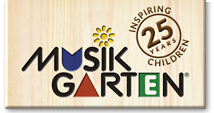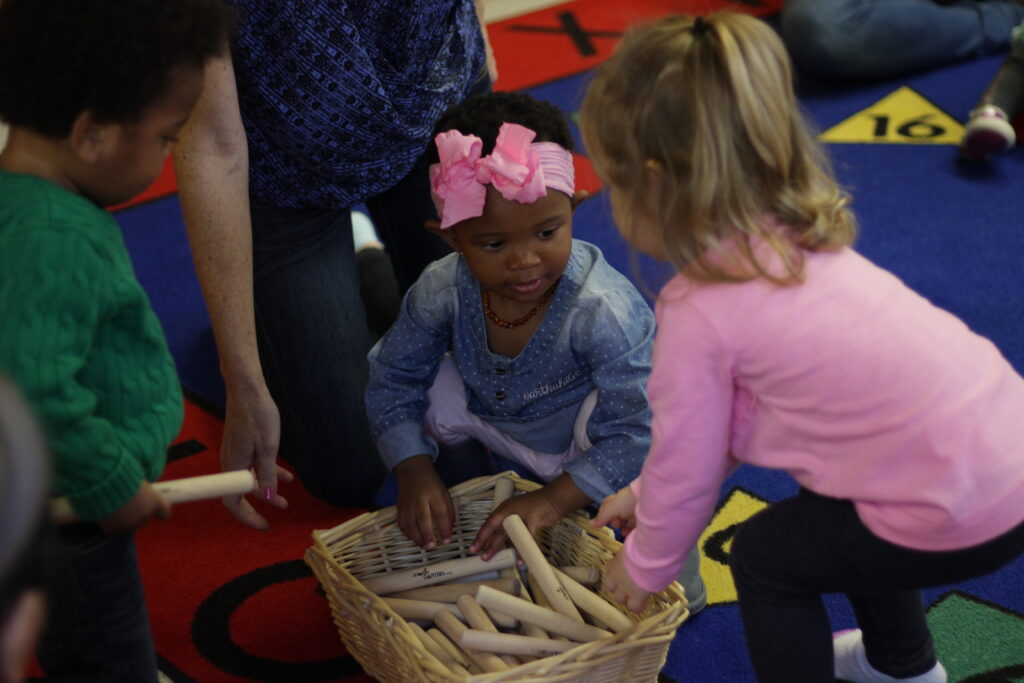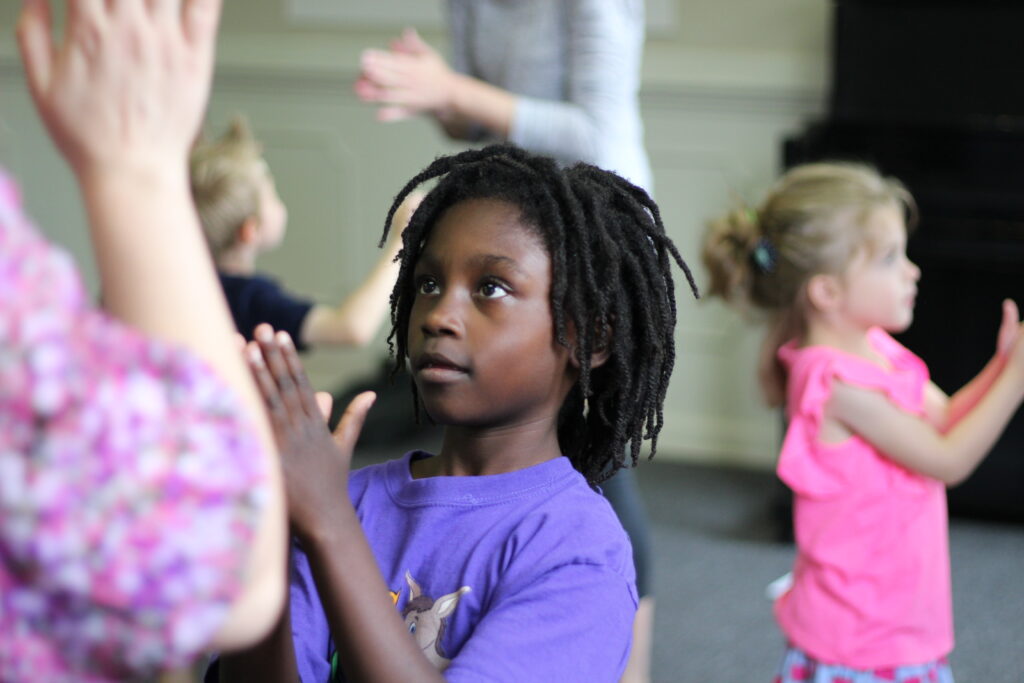The traditional season of thanks and giving is upon us. As we approach the holidays when children will have so many opportunities to show gratitude, educators can help them practice showing thanks in the classroom. This is no exception for childhood music educators, who have many opportunities to teach through songs and movement. Throughout history, scientists, scholars and spiritual leaders have deliberated about the positive benefits of gratitude. More recently, scientific research has validated those claims.
The positive benefits of gratitude for children
For the individual child, the following are gained through practicing and showing gratitude:
- Increases happiness and positive moods
- Better physical health
- Greater resiliency
- Encourages the development of patience, humility, and wisdom
For groups of children, such as in the music classroom, the following benefits are gained:
- Increased prosocial behaviors
- Strengthened relationships
- Taking care and ownership for one another
- Increased participation in class
Teaching children thankfulness in the music classroom
There are several ways to teach children to be thankful and show gratitude in the music studio:
- Select songs about thankfulness – Numerous children’s songs teach children about gratitude and Thanksgiving. Over the River and Through the Woods was originally written as a child’s poem about Thanksgiving, and has become a classic that has been sung by generations. Many faith-based songs teach children about their blessings and how to show thanks. Parents and children can learn these songs together in the classroom, and then take them home to sing with the rest of the family. Children will love showing their family members at holiday gatherings the songs they have learned about thanks.
- Use interactive songs about gratitude – Many children’s songs about giving thanks involve participation and movement. Things I’m Thankful For by Hap Palmer provides a chance for each child to say what they are thankful for. Add a thanksgiving twist to classic group songs, such as If You’re Thankful and you Know It to get children moving while thinking about being thankful.
- Teach thankfulness in classroom activities – At the beginning of circle time, it’s simple and quick to go around the circle and allow each child to say what they are thankful for. Shakers and other instruments can be passed around the circle in a cadence, with each child saying “thank you” to the one who passed them the instrument. Even everyday music classroom activities such as getting instruments or putting them away can be used to allow every other child to do this for a classmate, who then says thank you. The next time, roles are reversed.
Holiday gatherings of family and friends are a perfect way for children to learn and show thanks. Teachers of early childhood music can take the opportunity of the season of thanks and giving to teach gratitude through song, movement, and dance. The physical, mental, and spiritual health benefits for children, both individually as well as socially, will last them a lifetime.







